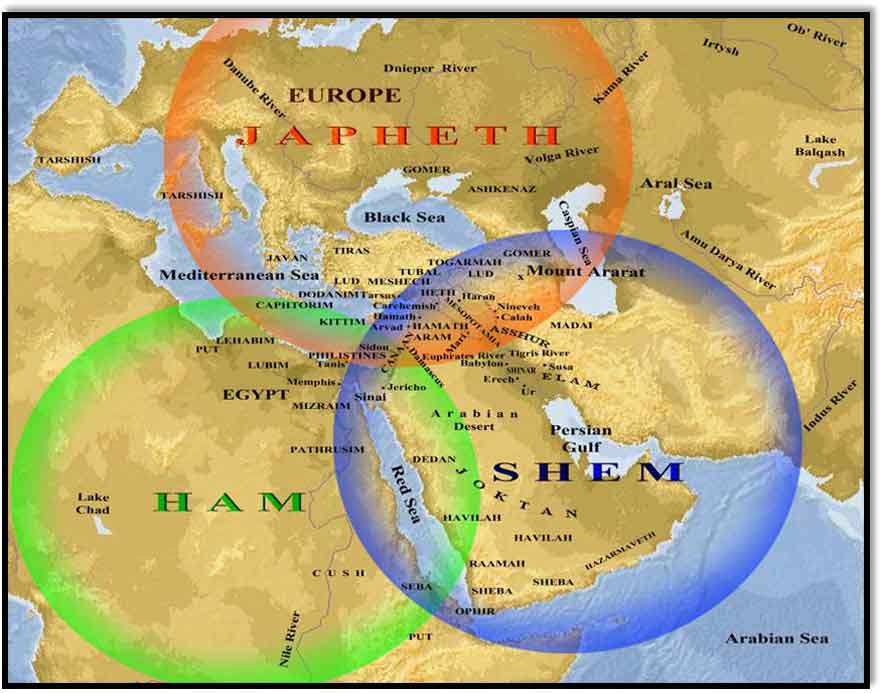The ancient Celtic ravages of Macedonia
Aristotle called them "the most warriorlike of peoples". Archaeological finds confirm this characterization of the Celts, who believed in multiple Gods, made human sacrifices, shied away from eating rabbits and geese and once fought their way through the Balkans, all the way to Macedonia.
The Celtic invasions, professor Dragi Mitrevski says, left a deep imprint on the ancient Macedonian people and were long remembered for the fear and trauma they caused. It was in the 3rd century BC when two large groups of Celts set south to plunder and conquer, dividing themselves at one point with one group proceeding toward Asia Minor, and the other south. "These intrusions without any doubt had the character of plundering raids, and were devastating, even to a degree fatal for the local culture in Macedonia. A number of settlements which have developed over the centuries along the Vardar river valley were destroyed in the first decades of the 3rd century BC, and many of them were never renewed", professor Mitrevski says.
These include the Isar Marvinci settlement near Valandovo, Glos and the Vardar Hill settlement near Gevgelija. In the upper Vardar valley, the invasion destroyed fortified settlements around the region of Skopje, including Nerezi, Brazda, Studenicani and Varvara. They all had a rich and intense culture in the 4th and 5th century BC. Another major settlement near Demir Kapija, which was known under the ancient name of Stenae, was also extinguished in this period.
The Celtic invasion, led by their King Brennus, is the most likely reason for the destruction of these settlements. Mitrevski says that the competing theory about the destruction of this period posits that settlements were destroyed by incursions from the nearby Dardanian tribes. No traces of Celtic or Dardanian culture were ever recovered in the ruins that were excavated. "In the main communication lines along the Vardar valley, but also toward the east, through the Bregalnica river, it is as if the 3rd century never happened", Mitrevski adds. His own opinion is that the Dardans may have been strong enough to occasionally attack the region of Skopje, for plunder or to take up slaves, but that the main destructive event was clearly the Celtic invasion of 279. "Their return, through the Dardan lands, was also devastating for their warlords, who at the time would have possessed thousands of slaves and had an organized structure. In either case, the area of Skopje remains without a major settlement until the arrival of the Romans and the founding of the city of Scupi", says Mitrevski.
Several rough pots and comb like ornaments are among the few artifacts dating to the 3rd century BC that were ever recovered around Skopje, in the southern settlement near Nerezi. This indicates significant depopulation of the region in this period. The Celts fought south well into modern day Greece, before their eventual defeat. Mitrevski says that the destruction was such that there remains doubt about the names of some of the settlements that are excavated. Isar Marvinci is believed to be the Dober of ancient history, or Idomene. Vardar Hill could have been the Macedonian Gortynia. These two sites, as well as Gloska Chuka near the village of Grciste have clear remains from civilized life in the 4th and 5th century BC. The end of this classical period came with abrupt destruction in the 3rd century. A new settlement, using new tools and building techniques was built in Vardar Hil, which had been a constant settlement since the Bronze Era until the Roman period and went through three apparent renewals.
"This was an economically powerful settlement with landmark public buildings and a rich material culture. It had a city palace which was built and then renewed once. In the older layers, coins were recovered from the era of Philip and Alexander. But, some time in the 3rd century there are marks of violent and sudden destruction of the homes, there are charred remains with a deep layer of ash", says Mitrevski. The remains of a house, which archaeologists call "the collector's house", have been examined and yielded exceptionally valuable artifacts kept in a central location. When it was destroyed, it is clear that the inhabitants did not have time to take the valuables with them, and the roof construction apparently collapsed on the room. Later, on top of the ruins, a new buildings was made, with significant military elements indicative of a Latin culture", the professor says.
Stashes of silver coins from this period are also found, leading to a theory that the owners buried them and fled, and were later unable to come back and collect their treasures. They all tell the story of a once powerful kingdom, which reached its peak under Alexander, and was then left susceptible to foreign invasions. "This event needs to be seen as a distinct and very important one in the cultural and historic development of Macedonia", he adds.






